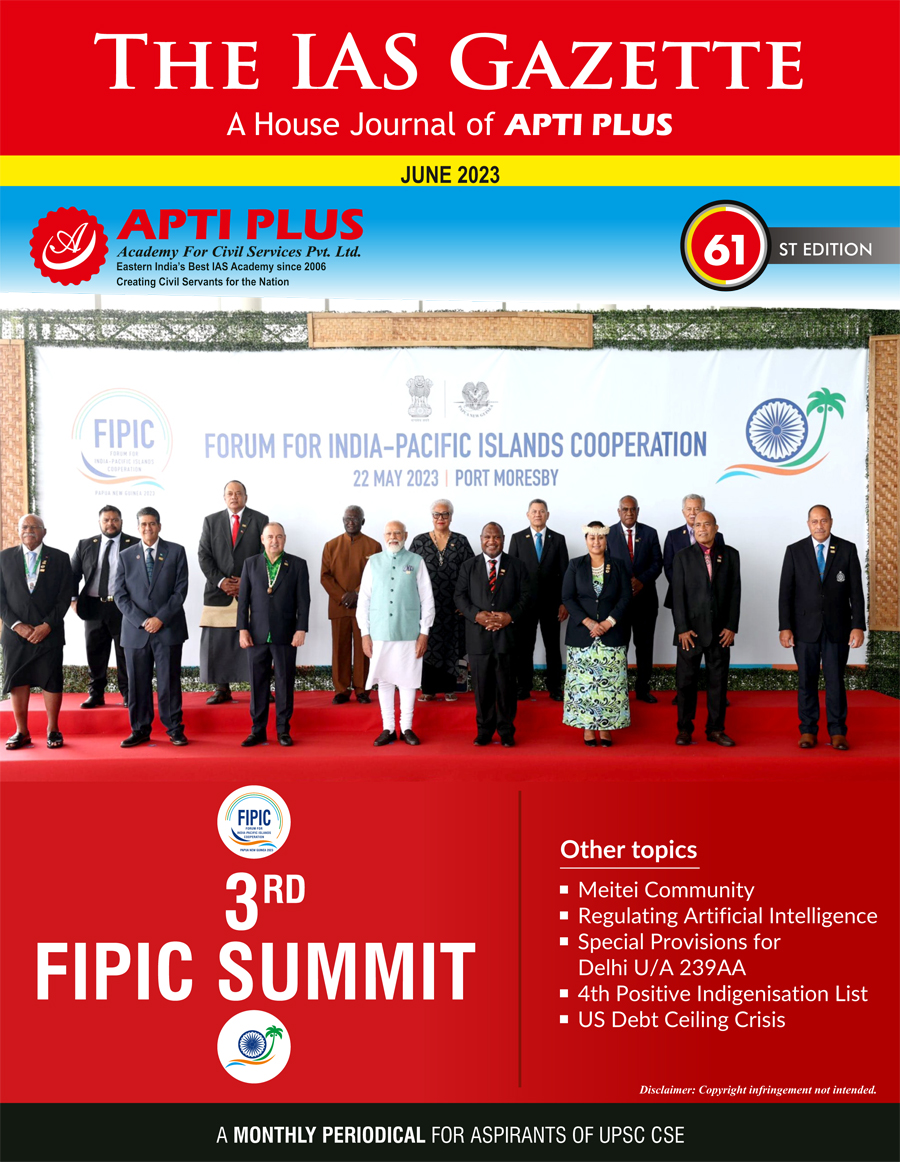Description
.png)
Disclaimer: Copyright infringement not intended.
Context
- The United States has destroyed the last of its declared chemical weapons stockpile, a milestone in the history of warfare dating back to World War I.
Chemical Weapons Convention (CWC)
About
- The Chemical Weapons Convention (CWC) is a multilateral treaty that bans chemical weapons and requires their destruction within a specified period of time.
- The treaty is of unlimited duration and is far more comprehensive than the 1925 Geneva Protocol, which outlaws the use but not the possession of chemical weapons.
Genesis and Commencement
- CWC negotiations started in 1980 at the UN Conference on Disarmament.
- The convention opened for signature on January 13, 1993, and entered into force on April 29, 1997.
Implementation
- The CWC is implemented by the Organization for the Prohibition of Chemical Weapons (OPCW), which is headquartered in The Hague.
Mechanism of Implementation
- The OPCW receives states-parties declarations detailing chemical weapons-related activities or materials and relevant industrial activities.
- After receiving declarations, the OPCW inspects and monitors states-parties’ facilities and activities that are relevant to the convention, to ensure compliance.

Members and Parties
- The CWC is open to all nations and currently has 193 states-parties.
- Israel has signed but has yet to ratify the convention.
- Three states have neither signed nor ratified the convention (Egypt, North Korea, and South Sudan).
Prohibitions
The Chemical Weapons Convention prohibits:
-
- Developing, producing, acquiring, stockpiling, or retaining chemical weapons.
- The direct or indirect transfer of chemical weapons.
- Chemical weapons use or military preparation for use.
- Assisting, encouraging, or inducing other states to engage in CWC-prohibited activity.
- The use of riot control agents “as a method of warfare.”
Declaration Requirements
- The CWC requires states-parties to declare in writing to the OPCW their chemical weapons stockpiles, chemical weapons production facilities (CWPFs), relevant chemical industry facilities, and other weapons-related information.
- This must be done within 30 days of the convention's entry into force for each member state.
Chemical Weapons Stockpiles—States-parties must declare all chemical weapons stockpiles, which are broken down into three categories:
-
- Category 1: chemical weapons based on Schedule 1 chemicals, including VX and sarin.
- Category 2: chemical weapons based on non-Schedule 1 chemicals, such as phosgene.
- Category 3: chemical weapons including unfilled munitions, devices and equipment designed specifically to employ chemical weapons.
Other weapons-related declarations states-parties must make include:
- Chemical weapons production facilities on their territories since January 1, 1946.
- Facilities (such as laboratories and test sites) designed, constructed, or used primarily for chemical weapons development since January 1, 1946.
- “Old” chemical weapons on their territories (chemical weapons manufactured before 1925 or those produced between 1925 and 1946 that have deteriorated to such an extent that they are no longer useable).
- “Abandoned” chemical weapons (abandoned by another state without consent on or after January 1, 1925).
- Plans for destroying weapons and facilities.
- All transfers or receipts of chemical weapons or chemical weapons-production equipment since January 1, 1946.
- All riot control agents in their possession.

Chemical Industry
- The CWC requires states-parties to declare chemical industry facilities that produce or use chemicals of concern to the convention.
- These chemicals are grouped into “schedules,” based on the risk they pose to the convention. A facility producing a Schedule 1 chemical is considered a Schedule 1 facility.
-
- Schedule 1 chemicals and precursors pose a “high risk” to the convention and are rarely used for peaceful purposes. States-parties may not retain these chemicals except in small quantities for research, medical, pharmaceutical, or defensive use. Many Schedule 1 chemicals have been stockpiled as chemical weapons.
- Schedule 2 chemicals are toxic chemicals that pose a “significant risk” to the convention and are precursors to the production of Schedule 1 or Schedule 2 chemicals. These chemicals are not produced in large quantities for commercial or other peaceful purposes.
- Schedule 3 chemicals are usually produced in large quantities for purposes not prohibited by the CWC but still pose a risk to the convention. Some of these chemicals have been stockpiled as chemical weapons.
Note: The CWC also requires the declaration of facilities that produce certain nonscheduled chemicals.
MUST READ ARTICLE: CHEMICAL WARFARE AGENTS: https://www.iasgyan.in/blogs/chemical-warfare-agents
|
PRACTICE QUESTION
Q. Consider the following statements with reference to Chemical Weapons Convention (CWC).
1.The Chemical Weapons Convention (CWC) is a multilateral treaty that outlaws the use but not the possession of chemical weapons.
2.Schedule 3 chemicals are usually produced in large quantities for purposes not prohibited by the CWC but still pose a risk to the convention.
3.The CWC is implemented by the Organization for the Prohibition of Chemical Weapons (OPCW).
4.The Chemical Weapons Convention prohibits the use of riot control agents “as a method of warfare.
Which of the above statements is/are correct?
(a) 1 only
(b) 2 and 3 only
(c) 2, 3 and 4 only
(d) None of the above.
Correct Answer: (c) 2, 3 and 4 only
|
https://www.thehindu.com/news/international/us-set-to-destroy-its-last-chemical-weapons-closing-a-deadly-chapter-dating-to-world-war-i/article67052562.ece




.png)
.png)








